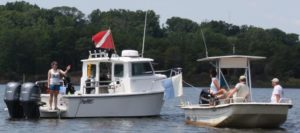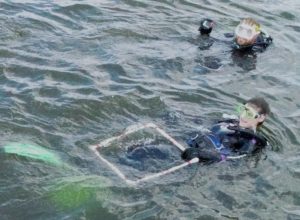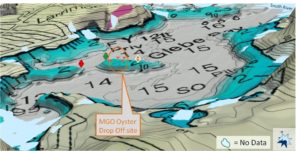Category: Oysters
Advocacy Priorities for 2022
2022 MD Legislative Session Overview A number of important and interesting pieces of legislation are coming up in this year’s general assembly session. Already, just one week in to the […]
Read More
One Shell of a Year: Studying Oyster Reefs on the South River
In the South River, hundreds of millions of oysters have been raised and released on over a dozen oyster reefs. However, at many of these reefs, no one has been […]
Read More
The Effect of Fishery Pressure on Oyster Reefs in the South River
Click the link below to read Chloe Obara’s 2020-21 capstone report! Obara Oyster Capstone Final See a summary of Chloe’s oyster research here. Learn more about Chloe’s year with […]
Read More
Uncovering the Hidden Ecosystems above Oyster Reefs
When thinking about the habitat created by an oyster reef, you might picture minnows, mud crabs, and barnacles that hide in and among the shells. However, the ecosystem of an […]
Read More
Glebe Bay Oyster Sanctuary Reef Population Survey
As a part of the Chesapeake Conservation Corps program through the Chesapeake Bay Trust, Shayna Keller developed an oyster population survey for the Glebe Bay Oyster Sanctuary Reef. The restoration […]
Read More
Scuba Diving South River’s Oyster Sanctuary Reef
By Shayna Keller, Chesapeake Conservation Corps Volunteer On June 26th, I went scuba diving with my dive buddies, Evan Claggett and Brad King, at the Glebe Bay Oyster Sanctuary Reef […]
Read More
South River High School Students Help Determine Optimal Oyster Numbers
The West Rhode Riverkeeper, Jeff Holland, has been working with Smithsonian Environmental Research Center and South River High School students to determine the optimal number of oyster shells that should […]
Read More
WHAT’S THE SANCTUARY OYSTER REEF LOOK LIKE?
How is the Sanctuary Reef Doing? Enquiring minds want to know. Yet, the question isn’t easy to answer. We have done bottom samples along the reef and can tell that the […]
Read More